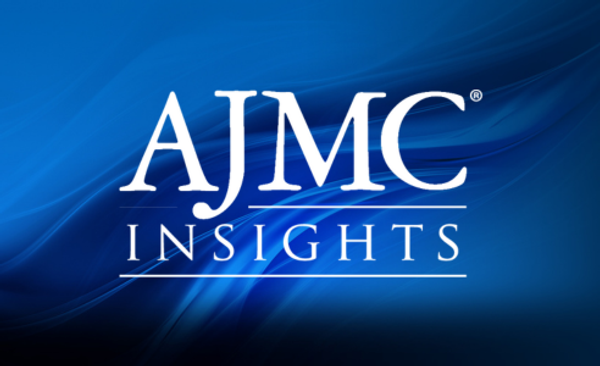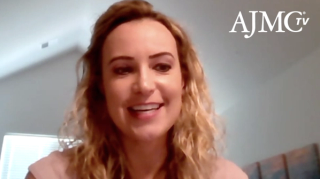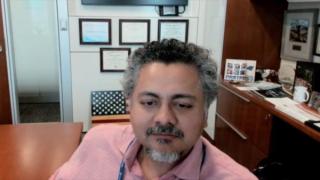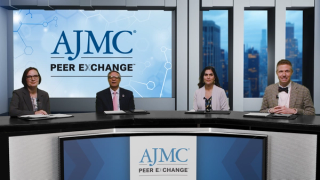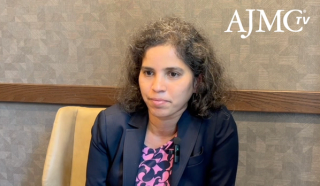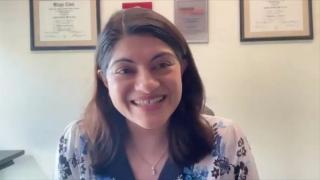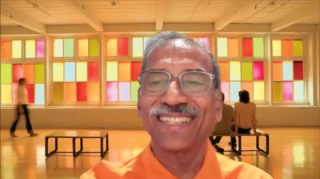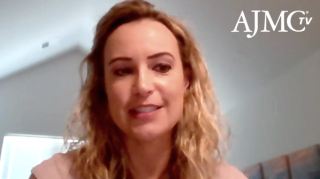
Multiple Myeloma
Latest News

Latest Videos

CME Content
More News

The FDA has removed Risk Evaluation and Mitigation Strategies (REMS) for approved chimeric antigen receptor (CAR) T-cell therapies for hematologic malignancies, aiming to ease provider burden and expand patient access.
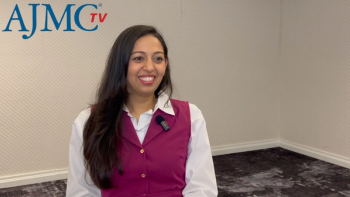
Financial, family, and logistical challenges often lead patients to choose ongoing therapies over stem cell transplantation, says Mansi Shah, MD.

Disparities in multiple myeloma outcomes and the need for equitable care were the focus of 2 posters presented at the 2025 American Society of Clinical Oncology annual meeting.

Mansi Shah, MD, explains how treatment sequencing and patient eligibility guide the use of these therapies in multiple myeloma.
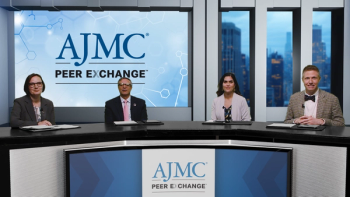
Panelists discuss how autologous stem cell transplant (ASCT) deferral should be approached cautiously with concrete medical reasons, as transplant continues to provide superior progression-free survival and potentially curative outcomes for a subset of patients.

Panelists discuss how maintenance therapy should be tailored based on risk profiles, with standard-risk patients receiving single-agent lenalidomide while high-risk patients may benefit from combination maintenance strategies to achieve more durable responses.
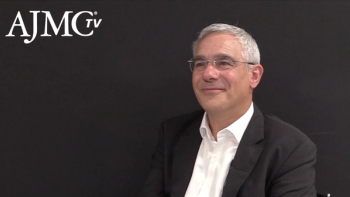
On-body delivery systems for subcutaneous isatuximab could enable patient self-administration, according to Xavier Leleu, MD, PhD, improving convenience and transforming treatment for relapsed/refractory multiple myeloma.

Trial Supports Subcutaneous Isatuximab as Effective Alternative to IV Version: Xavier Leleu, MD, PhD
The phase 3 IRAKLIA trial found that subcutaneous isatuximab delivered via an on-body system was as effective and safe as intravenous (IV) administration in relapsed/refractory multiple myeloma, according to Xavier Leleu, MD, PhD.
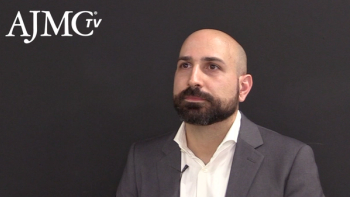
Patients with relapsed/refractory myeloma from lower socioeconomic groups face worse quality of life, even in countries with universal health care, according to Francesco Sparano, MSc, of the Italian-based GIMEMA Foundation.
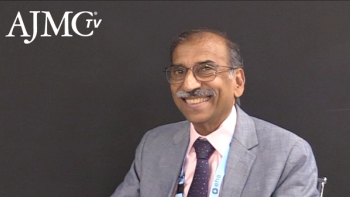
Long-term CARTITUDE-1 data show ciltacabtagene autoleucel (cilta-cel) may offer lasting remission and survival in relapsed/refractory multiple myeloma, according to Sundar Jagannath, MBBS, of the Icahn School of Medicine at Mount Sinai.

Panelists discuss how minimal residual disease (MRD) status can guide post-transplant treatment decisions, particularly for high-risk patients who don’t achieve MRD negativity and patients considering discontinuation of long-term maintenance therapy.

Panelists discuss how quadruplet regimens show improved efficacy over triplet regimens without significantly increased safety concerns, with anti-CD38 antibodies being well tolerated and NCCN guidelines now recommending 4-drug regimens for transplant-eligible patients.

Coverage from IVBM Princeton, held May 8, 2025.
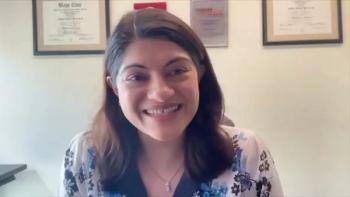
Surbhi Sidana, MD, MBBS, director of the Myeloma Disease Focused Group at Stanford University, provides a reintroduction to CARTITUDE-4 and insight on how this phase 3 investigation builds on previous findings of CAR T vs standard-of-care findings in relapsed/refractory multiple myeloma (RRMM)
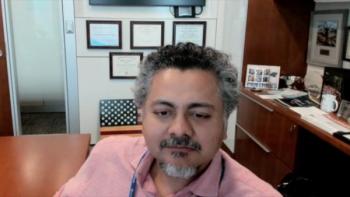
CEPHEUS trial lead investigator Saad Z. Usmani, MD, MBA, FACP, FASCO, explains how the trial both builds on current knowledge of newly diagnosed multiple myeloma and how transplant-ineligible status may affect therapeutic decision-making.

Panelists discuss how treatment strategies differ between transplant-eligible and transplant-ineligible multiple myeloma patients, with transplant eligibility determined by functional status rather than age alone, and how quadruple therapy regimens are increasingly used for transplant-eligible patients to achieve deep, durable responses.

Panelists discuss how autologous stem cell transplant remains essential in frontline multiple myeloma management despite improved quadruple therapy outcomes, emphasizing that current evidence still supports transplantation for eligible patients rather than deferring it.

Mansi Shah, MD, discusses the role of stem cell transplant in multiple myeloma (MM) and the logistical barriers to wider adoption of bispecific therapies.
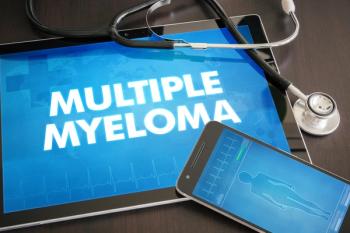
A meta-analysis suggests allogeneic stem cell transplantation (allo-SCT) should not be recommended following first-line autologous stem cell transplant (auto-SCT).


Novel therapies for multiple myeloma (MM), including chimeric antigen receptor T-cell and bispecific antibodies, extend lives but raise concerns about treatment costs and adherence, and they haven't replaced stem cell transplantation, Harsh Parmar, MD, of Hackensack University Medical Center, explains.
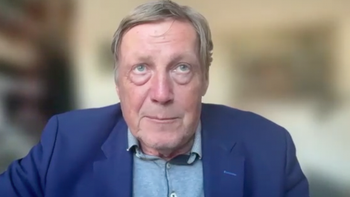
Pieter Sonneveld, MD, PhD, professor of hematology and chair of the Erasmus MC Cancer Institute in Rotterdam, Netherlands, discussed the continued use of subcutaneous daratumumab following initial treatment, as well as the changing landscape of multiple myeloma treatment.

Pieter Sonneveld, MD, PhD, chair of the Erasmus MC Cancer Institute, discussed the findings of a study modeling long-term progression-free survival (PFS) in patients with multiple myeloma (MM) treated with a daratumumab quadruplet regimen.
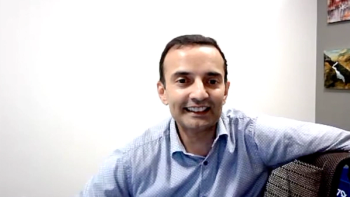
Because clinical trials do not mimic the real-world application of multiple myeloma treatments, Ajai Chari, MD, discussed the variety of patient factors clinicians should consider in their practice.
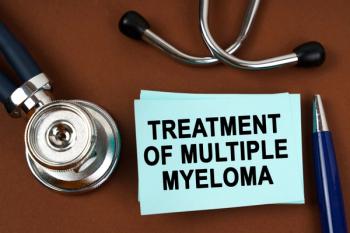
When it comes to treating multiple myeloma (MM), Ajai Chari, MD, argued that more is not always better. More intense treatment regimens, or those with more drugs, don't necessarily guarantee better outcomes.



